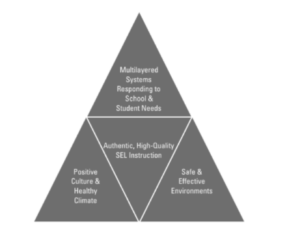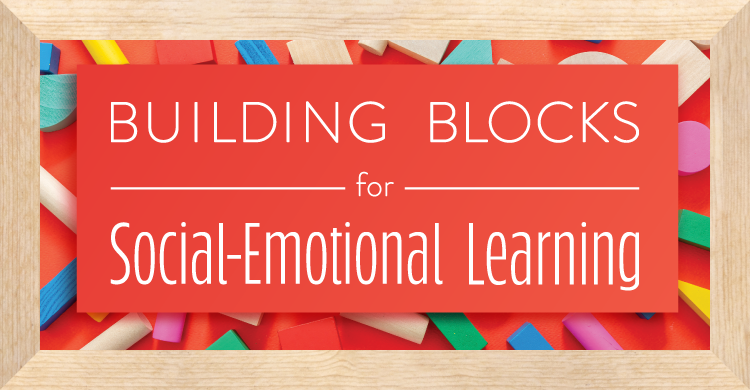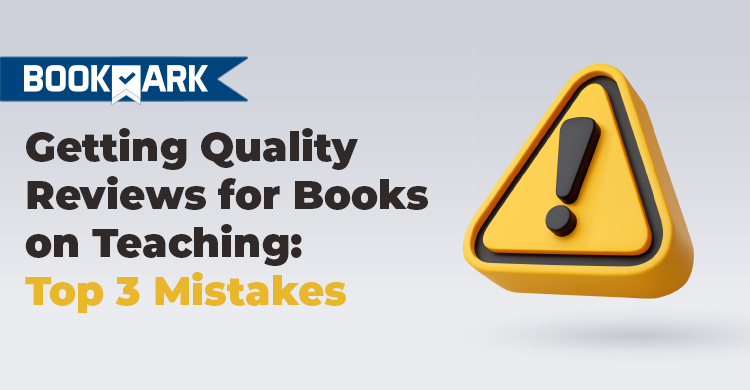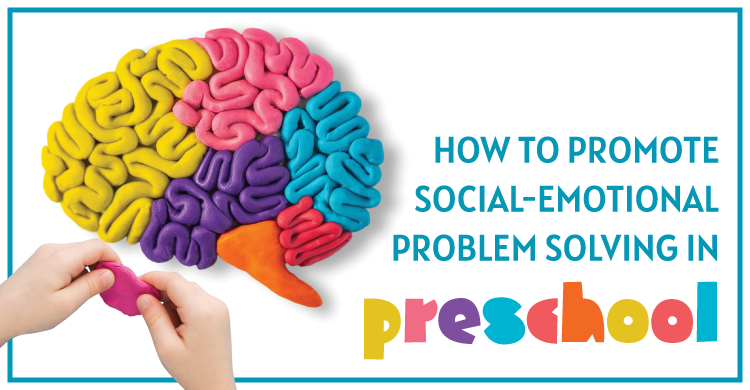While implementing meaningful and authentic SEL instruction throughout the school day.
Social-emotional learning (SEL) continues to be a hot topic as we move into 2022. Although the concepts around SEL are not new, we are encountering educators and parents whose ideas differ around what it is and what it is not; leading some schools to focus on SEL while others may still not.
As educators, many of us recognize how essential social-emotional learning is both for our students and ourselves. Yet, we have so many other pressing needs throughout the school year, we can find it difficult to prioritize SEL for our students. As we begin to engage in necessary collaborative practices around SEL we may find ourselves designating certain time periods of the school day to focus on SEL but still not seeing a true difference in our students. Why is this? Dufour, et. al. state that collaboration only works and leads to improved results when the people are focused on the right work. So, how do we honor what we know is important and focus on the right work, while also balancing everything else?
As a teacher, have you ever yelled “stop yelling?” We have. The minute the words left our lips we wanted to take it back, but could not. Instead, twenty six-year-olds turned in confusion. The room was silent for a moment and then burst into even louder chaos than it had before. Our attempt at control had simply set a higher bar for the noise level and the feeling of anxiety in the classroom. Yes, we had told them to stop yelling and many did. Not because they knew it was right but because we scared them. The others? Their noise level escalated. They became more upset with their peers. The fight over the math game intensified. The student on the verge of a meltdown started crying. It did not matter that we taught them a nice array of calm-down strategies to use in these moments–our actions overrode everything we taught them.
This is what unauthentic SEL looks like and feels like.
Often schools make time for separately teaching SEL skills and concepts, follow one structured program, or feel a sense of pressure to teach every one of the state’s SEL standards whether students gain a deep understanding of the concepts and skills or not. But here’s the secret: SEL does not need to be separated from academics–in fact, it should not be (Lillas & Turnbull, 2009). Our SEL structures should not just occur in our SEL block, which is treated as separate and isolated from academics. Additionally, we must find ways to use and model these skills for our students. Students are less likely to independently use SEL skills or generalize concepts in other contexts when they are taught in isolation or out of context (McIntosh & MacKay, 2008). Rather we want students to be able to apply these skills in multiple contexts and in various environments within their daily lives. Therefore, teachers must be strategic in how they plan for SEL instruction and also be prepared to engage in these teachable moments where they can authentically address social-emotional skills with their students in real-time.
Instead of adding to our already busy plates as just another thing to cover during the school day, SEL should be integrated into the work we are already doing. It is not about checking off a box and more likely than not, one stand-alone program will not cover everything your students need to learn and be able to do. In fact, before we even consider SEL instruction we first need to examine our relationships and our school’s culture and climate, and the learning environments we already have established. Together we need to find ways to create learning environments that are conducive for all students to demonstrate academic and SEL growth throughout the school day.
Our collaborative relationships with our colleagues play a large role in how our students learn social-emotional skills. “When something is truly a priority in an organization, people do not hope it happens; they develop and implement systematic plans to ensure it happens” (DuFour, DuFour, Eaker, Many & Mattos, 2016). To ensure equity across the school setting all educators must prioritize SEL, not just some. Moreover, when schools function as a Professional Learning Community (PLC) and engage in collaborative practices around meeting the needs of all students we have a better shot at student achievement in all areas of learning while simultaneously supporting student and teacher well-being.
Implementing meaningful and authentic SEL into our school day includes offering teacher teams time to collaboratively plan how to embed SEL into the daily routine and academic learning. It provides teachers time to understand neuro-development and how to support this growth in the classroom. Authentic SEL looks like monitoring the school’s culture and climate and taking time to set up learning environments that support all learners.
Most importantly, meaningful SEL takes place within the relationships teachers have with their students, as well as the relationships students witness their teachers have with their colleagues. True SEL occurs in the school when all four elements of the SEL pyramid are working together–with the base of this pyramid being a positive school culture and healthy climate paired with a safe and effective learning environment for all students. Only then are we able to meaningfully and authentically support SEL instruction and integrate it into the academic school day, followed by a clear multilayered system that will respond to both the school and the students’ needs to ensure that the bottom of the triangle remains strong. 
SEL School-Wide Pyramid
Source: Hulen, T. and Lipsett, A.B., 2022)
Once schools lay the foundation for social-emotional learning by establishing a positive culture, healthy climate, and effective learning environments they are ready to tackle SEL instruction. At this point, teams can begin to engage in collaborative discussions about how to plan for integrating SEL skills with academic areas as well as into the relationships we have with students, their families, or our colleagues. Ultimately, this work should not be something added to our plates, but instead a fundamental shift in how we spend our days.
And what happens in those moments when we do lose our patience and yell “stop yelling?” If we have a positive culture and healthy climate as well as safe and effective environments our relationships with our students will be OK. With this strong foundation, we can model making mistakes and recovering from them to our students, leading to even stronger relationships and genuine examples of SEL in action.






